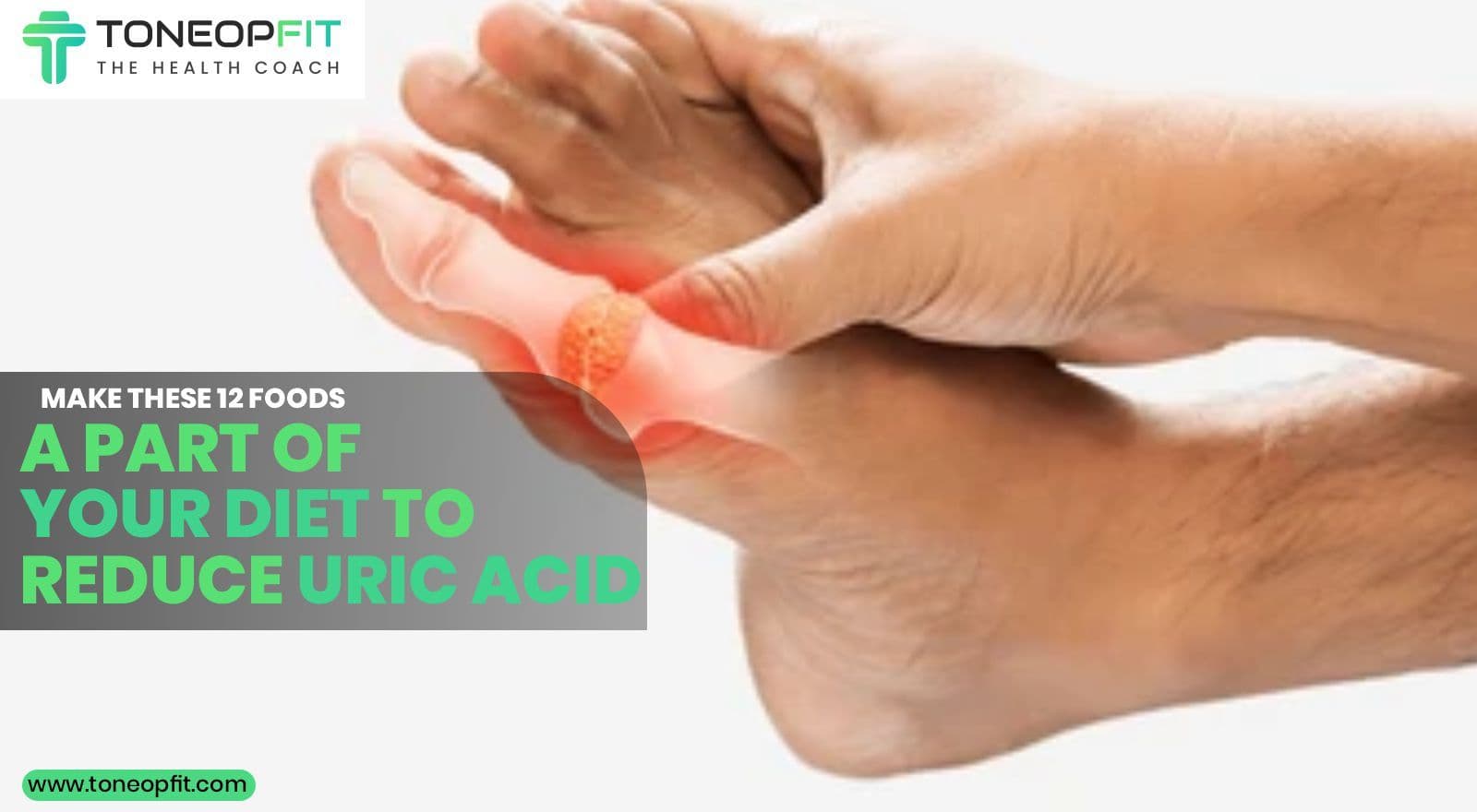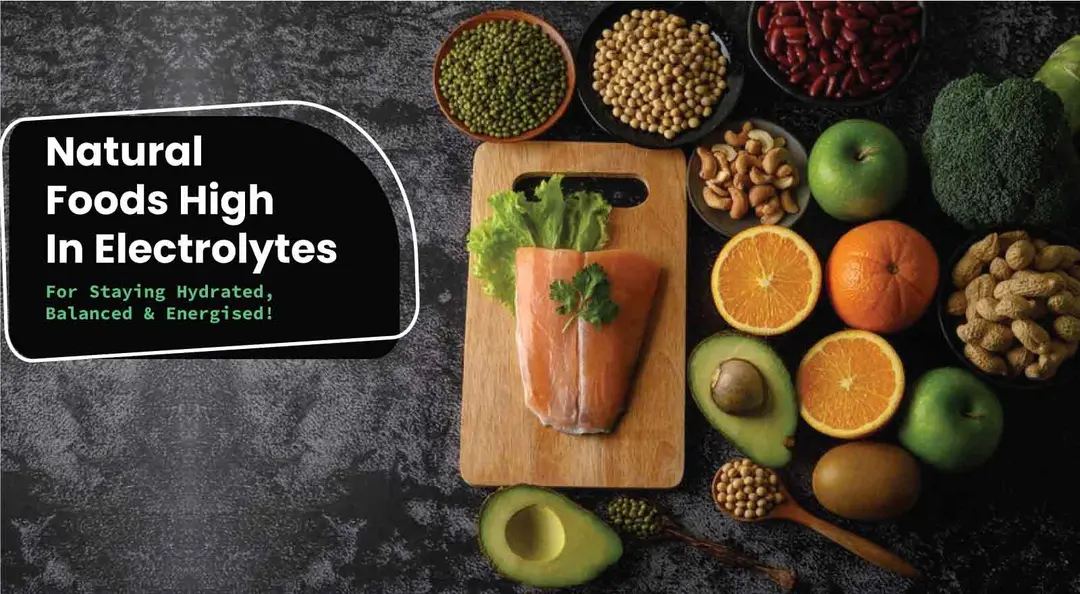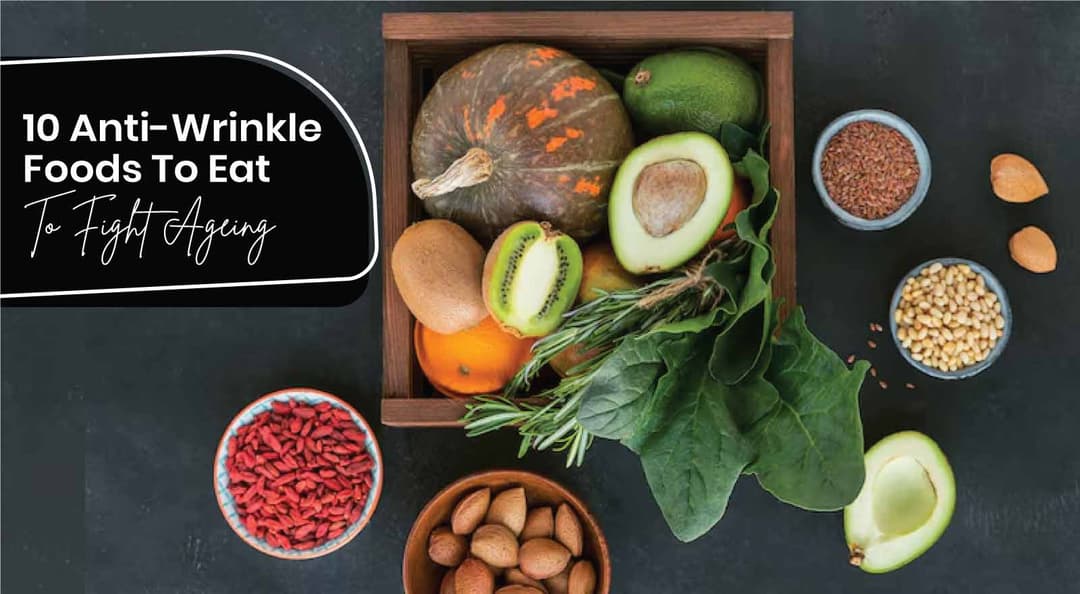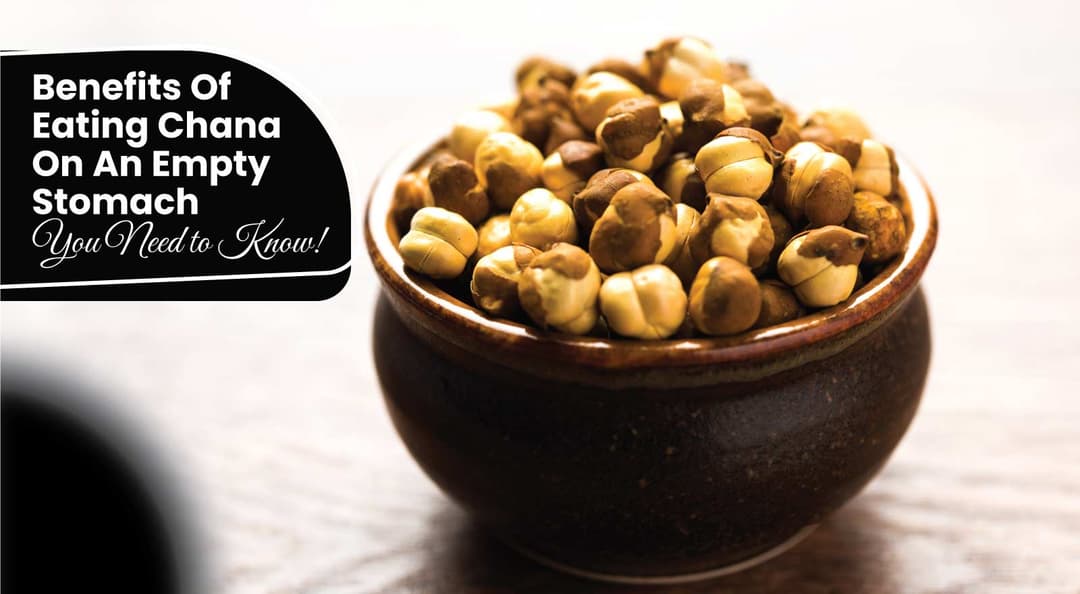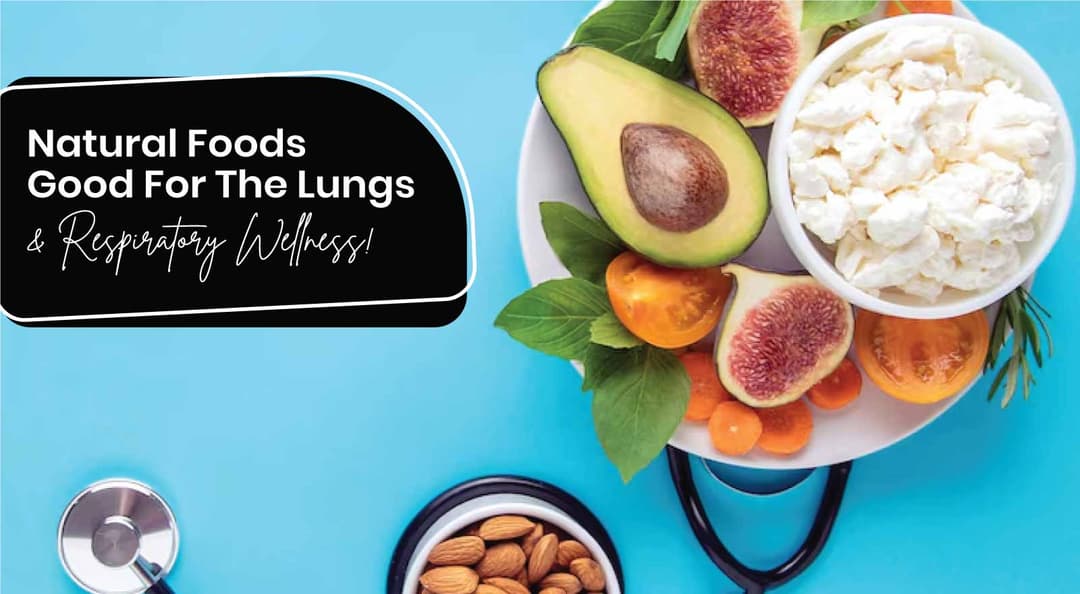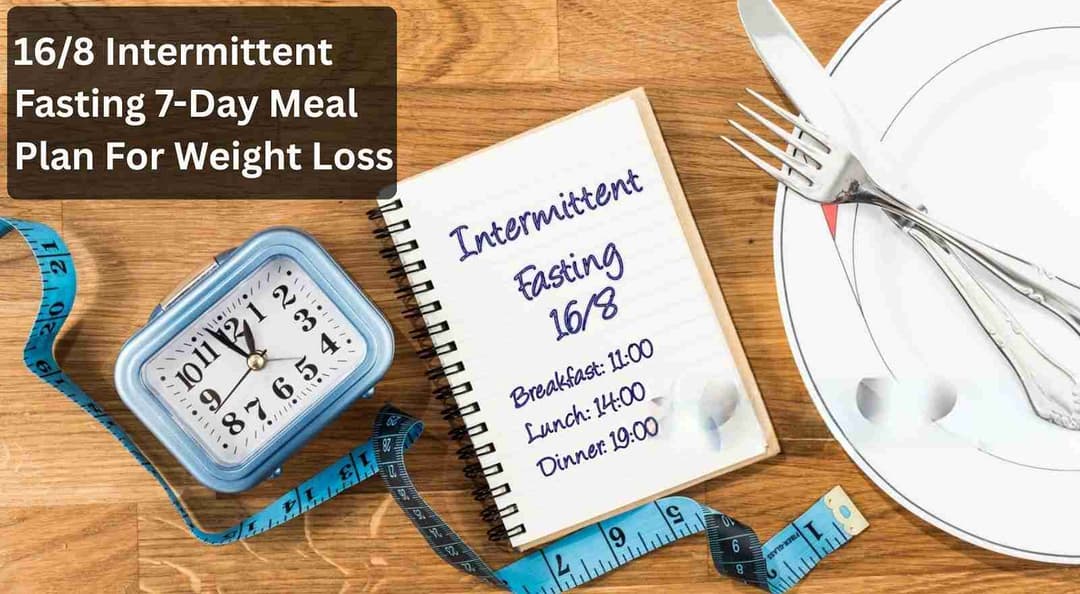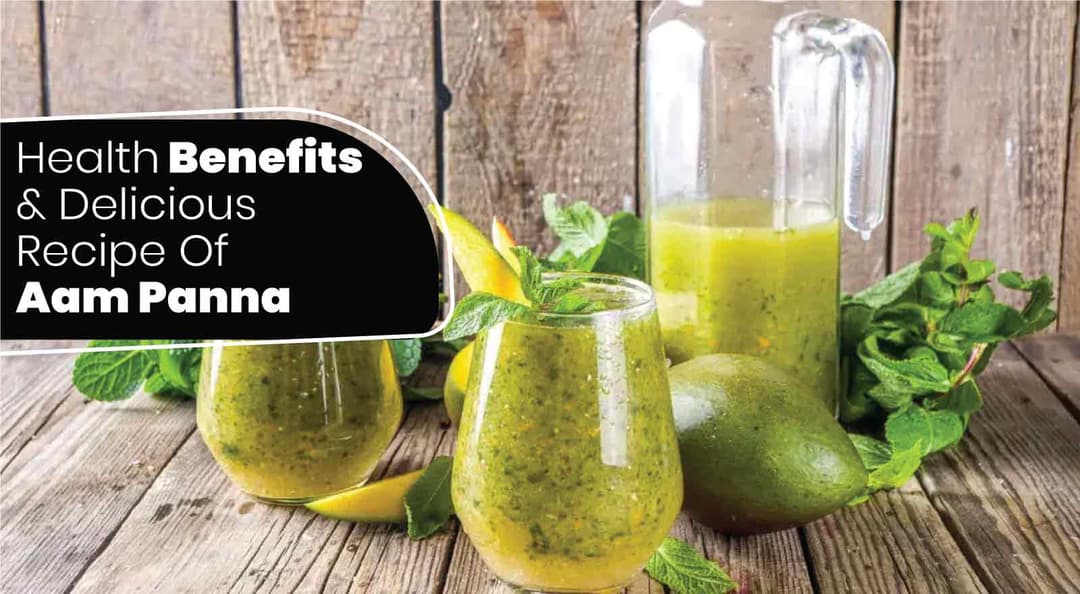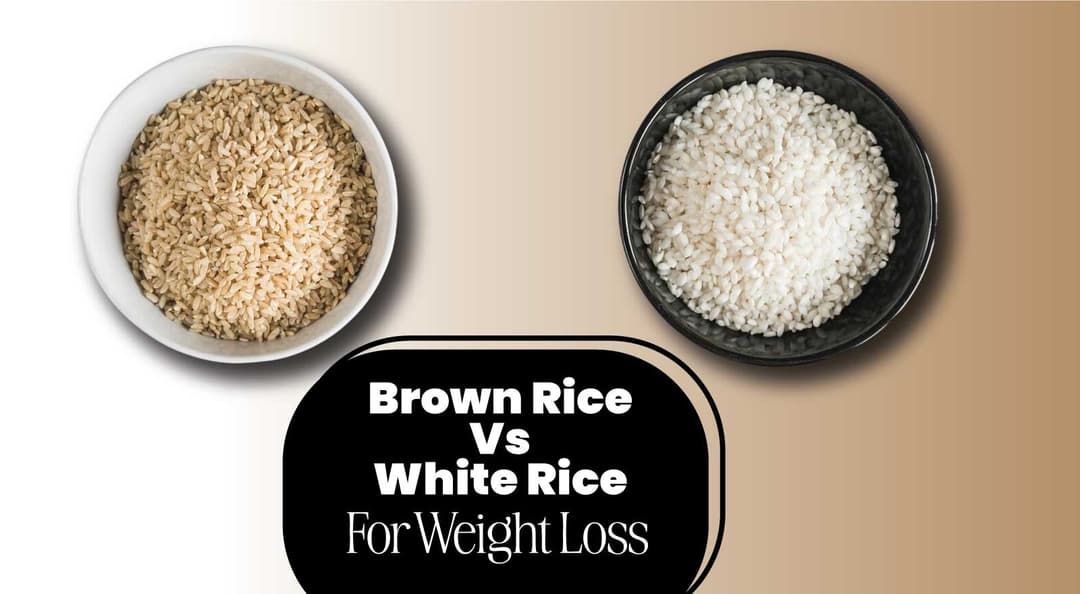Maintaining uric acid levels through diet plays a vital role in treating arthritis. A build-up of uric acid can lead to painful conditions such as gout, so it is essential to make dietary changes that support balanced levels. For people with gout or hyperuricemia, controlling uric acid levels with food is an essential tactic. Adopting a diet that helps maintain these levels can be very beneficial, as elevated uric acid can cause severe joint inflammation and other health difficulties.
Concentrating on meals that decrease uric acid production and promote its removal can effectively control symptoms and enhance general well-being. This dietary strategy generally calls for consuming fewer foods high in purines, drinking more water, and including foods that have anti-inflammatory qualities.
From healthy options that reduce inflammation to potential triggers that worsen symptoms, we'll provide practical tips and insights to help you take control of your health. So, let us dive into this blog to learn about a gout (low purine) diet, 12 foods and a sample diet to reduce uric acid.
Table Of Contents
1. What Is A Gout (Low Purine) Diet?
2. 12 Foods To Reduce Uric Acid
3. Sample Gout Low Purine Diet Plan
4. Do Foods Control Uric Acid?
5. Dietitian’s Recommendation
6. The Final Say
7. FAQs
8. References
What Is A Gout (Low Purine) Diet?
Elevated blood uric acid levels are the cause of gout. The excess uric acid condenses into sharp crystals that irritate and hurt your joints. On the other hand, consuming a diet low in purines can help reduce the amount of uric acid in your body. Reducing uric acid levels can lessen gout attacks and stop new crystals from developing.
Purine is a molecule that your body breaks down to make uric acid. Every living thing's cells contain purines. Certain foods and beverages naturally contain chemicals called purines. Uric acid results from these compounds being broken down by your body. Some enter your body through food when they are digested. Consuming purine-rich meals raises the possibility of flare-ups from gout. A low-purine diet limits foods and beverages with the highest purine content to lower uric acid levels. It also supports some selected foods that can reduce uric acid levels in your body.
Also Read: 10 Energy Boosting Foods And 5 Best Health Drinks
12 Foods To Reduce Uric Acid

Some fruits have shown positive effects on acid levels. Specifically, cherries help reduce uric acid levels. Other fruits such as strawberries, blueberries, and oranges are also beneficial due to their vitamin C content, which is among the best foods to eat to prevent uric acid levels in the blood.
In addition, full-fat dairy products such as milk and yoghurts work against gout by lowering uric acid levels, making them one of the must-have foods for uric acid.
Here are 12 foods to control uric acid:
1. Water
Water is necessary for your kidneys to eliminate uric acid from your urine, so drinking water makes sense. Water is good for renal health as well. Another condition that may contribute to gout is impaired renal function. Water removes toxins from the body, including too much uric acid. Thus, it's critical to maintain proper hydration. Ensure that you consume ample amount of water, at least 10 to 12 glasses of water daily.
2. Berry
Berries like blueberries and strawberries have anti-inflammatory properties. It is known to give you relief from joint pain. Therefore, you must try to include them in your diet.
3. Apple
Apple is a well-known malic acid source that helps neutralise uric acid. So, if you suffer from uric acid problems, include one apple a day in your diet to reduce uric acid.
4. Vitamin-C Rich Foods
Eating foods low in purines and high in nutrients such as vitamin C in the daily diet is essential. Foods like amla, lemon, papaya, and pineapple must be included in your diet to reduce uric acid.
5. Foods With A High Fibre Content
Eating foods rich in fibre can help lower uric acid levels. These foods contain uric acid, which is absorbed into the bloodstream and facilitated by the kidneys' excretion. Increase your intake of soluble fibre, such as oats, broccoli, apples, oranges, pears, strawberries, blueberries, and cucumbers. Also, the health benefits of bananas include reducing gout symptoms due to its high fibre content.
6. Green Tea
Regularly include green tea in your diet to reduce uric acid levels. Because of its high quantity of antioxidants, especially catechins, which can help lower inflammation and promote general kidney function, green tea may help lower uric acid levels. Green tea can help control uric acid levels by enhancing metabolic functions and bolstering the body's natural detoxifying activities.
7. Vegetables
Most are low in purines, but even higher ones do not affect gout symptoms. And the benefits are worth it. Be sure to include them in your diet. Carrots, broccoli, spinach, bell peppers, and other vegetables are especially healthy.
These vegetables enhance general health and offer vital nutrients without raising uric acid levels noticeably. A range of these low-purine veggies can help lower inflammation and improve uric acid regulation when incorporated into your diet to reduce uric acid.
Interested in how to use veggies in your diet to redue uric acid? ToneOp Fit’s Balanced Diet Weight Loss Plan helps create delicious, personalised plans based on your favourite regional flavours and preferences to improve uric acid levels in your body.
8. Skimmed Milk
According to preliminary studies, skim milk may help lower uric acid levels and gout attacks. It lessens the body's inflammatory reaction to uric acid crystals in the joints and accelerates the excretion of uric acid in the urine.
9. Cherries
Early results from studies on the advantages of cherries in fruit as well as juice form for treating gout symptoms are encouraging. In addition to their well-known anti-inflammatory qualities, cherries can lower uric acid levels.
10. Coffee
Although coffee contains an acid, it is not the same as uric acid, despite what you may have heard. Drinking coffee every day can lower uric acid levels in several ways. It slows down the breakdown of purine and uric acid and accelerates the excretion rate.
11. Protein Sources
Focus on lean meats and poultry, low-fat dairy, and lentils as protein sources. Consuming low-fat dairy products like milk and yoghurt is linked to a decreased risk of gout attacks. Lean protein options, including lentils, tofu, and chicken, are preferable to high-purine meats. Some meats and seafood are higher in uric acid, but if you eat a wide variety of protein-rich foods and stay away from the worst offenders, you will be fine.
Another great way to have protein is by taking supplements like ToneOp Care’s Spirulina Powder, which is a vegan, organic and 100% preservative-free protein source that can be integrated into your meals.
12. Whole Grain
While it’s okay to have rice, pasta and cereals for gout, be watchful as they contain high carbs. Instead, you can go for brown rice, quinoa, oats and millet. Watch out for added high fructose corn syrup in packaged fortified cereals, and choose whole grains to help control blood sugar.
Also Read: Top 5 Gluten-Free Diet Foods: What To Eat To Avoid Gluten
Sample Gout Low Purine Diet Plan
Here is a sample gout low-purine diet plan that you can follow:
| Early Morning |
|
| Breakfast | Choose any one of the following options:
|
| Mid-morning | 1 bowl of Cherries or Berries or Muskmelon + 1 cup of Lemon Tea |
| Lunch | 1 bowl Green Salad (cucumber & tomato) + 2 Veg Multigrain Oats or Ragi Roti + 1 serving bowl Brown Rice + 1 bowl Seasonal Vegetable + 1 bowl Veggie Mix Paneer (Low-Fat) Curry/Chicken Curry or Egg Curry |
| Evening | 1 cup Green Tea + 1 bowl mix Fruit Bowl with added Mixed Nuts & Seeds |
| Pre-dinner | 1 bowl Tomato Soup/Pumpkin Soup |
| Dinner | 1 bowl Salad + 1 bowl Brown Rice Pulao/Veg Daliya/ 1 Wheat Roti + 1 bowl Stir-Fried Seasonal Veggies |
Also Read: 10 Dietitian-Recommended Tips For Intermittent Fasting For Beginners
Do Foods Control Uric Acid?
In a healthy body, uric acid is easily removed from the body as it passes through the kidneys into the urine. However, when your kidneys cannot process uric acid effectively, or if there is too much of it in your blood, you develop hyperuricemia or high uric acid levels, which can cause gout symptoms such as pain, swelling and inflammation.
The right diet to reduce uric acid can have a positive effect on gout and help control the disease, while it can be harmful and contribute to flare-ups if the right diet is not followed. Obesity, together with other prevalent illnesses like diabetes and hypertension, can also cause severe health issues, which can be managed by ToneOp Fit’s 1 Year Transformation Plan to inculcate a healthy and fit lifestyle plan in you. They are also crucial in proper diet, and managing these medical conditions is extremely important in controlling gout.
On a low-purine diet to reduce uric acid, focusing on hydration while avoiding purine-rich foods to reduce acid levels is important. Drinking plenty of water helps flush acid out of your system and prevent it from building up. Aim to drink 8-10 glasses of water daily and increase your intake on warmer days or during more physical activity.
Also Read: Overweight Vs Obese: Which Is Worse? Discover Risk Factors, BMI And More!
Dietitian’s Recommendation
Controlling acid levels through diet is important for maintaining health and preventing illnesses like gout and flu. Kidney stones. Take care of your health by managing acid levels through a diet to reduce uric acid, including foods to avoid gout. Avoid foods high in purines, stay hydrated, and include fruits, vegetables, whole grains, and full-fat dairy. For better outcomes, engage in physical activity, learn stress-reduction strategies, and obtain adequate sleep.
Dt. Lavina Chauhan
The Final Say
To summarise, controlling uric acid levels through diet is critical for individuals with gout or hyperuricemia. Emphasising low-purine foods, such as fruits, vegetables, whole grains, and lean protein, and avoiding high-purine sources, such as organ meats and sugary drinks, can help maintain a healthy balance and lower the risk of painful flare-ups. The key to successfully managing uric acid levels and promoting overall well-being is consistency in diet to reduce uric acid, moderation and staying hydrated.
FAQs
1. Which vegetables are good for uric acid?
Vegetables like tomatoes, broccoli, cucumbers, and potatoes help regulate the uric acid in your blood.
2. What is the fastest way to flush uric acid?
If you are suffering from a high level of uric acid, then you should focus on the dietary control & medications suggested by the doctor to flush the uric acid faster.
3. Does high uric acid increase the risk of gout?
Gout forms when high uric acid (urate) crystals are seen in the joints. These crystals form when there is a high production of uric acid. High uric acid, therefore, increases the risk of developing gout.
4. What foods help lower uric acid?
Some foods that may help lower uric acid are:
- Apple
- Berries
- Cherries
- Lemon
- Papaya
Amla - Carrot
- spinach
References
- https://my.clevelandclinic.org/health/treatments/22548-gout-low-purine-diet
- https://www.mayoclinic.org/healthy-lifestyle/nutrition-and-healthy-eating/in-depth/gout-diet/art-20048524
- https://www.carehospitals.com/hi/blog-detail/foods-to-eat-and-avoid-with-gout-diet/
- https://www.apollospectra.com/blog/general-health/uric-acid-gout-diet-foods-to-eat-and-those-to-avoid
- https://www.arthritis.org/health-wellness/healthy-living/nutrition/healthy-eating/gout-diet-dos-and-donts
- https://www.bannerhealth.com/healthcareblog/better-me/gout-diet-what-to-eat-and-to-avoid-preventing-flare-ups
- https://www.drjasnasayurveda.com/blog/managing-uric-acid-through-diet-what-to-eat-and-what-to-avoid
- https://creakyjoints.org/about-arthritis/gout/gout-diet/low-purine-diet-gout/
- https://fitelo.co/diet/7-day-gout-diet-plan/
About ToneOp Fit
ToneOp Fit is a platform dedicated to improving and maintaining good health through a comprehensive range of goal-oriented health plans with up to 3 Coach support. With a range of Weight Management, Medical Condition, Detox Plans, and Face Yoga Plans, the app also provides premium health trackers, recipes and health content. Get customised diet, fitness, naturopathy & yoga plans and transform yourself with ToneOp.












